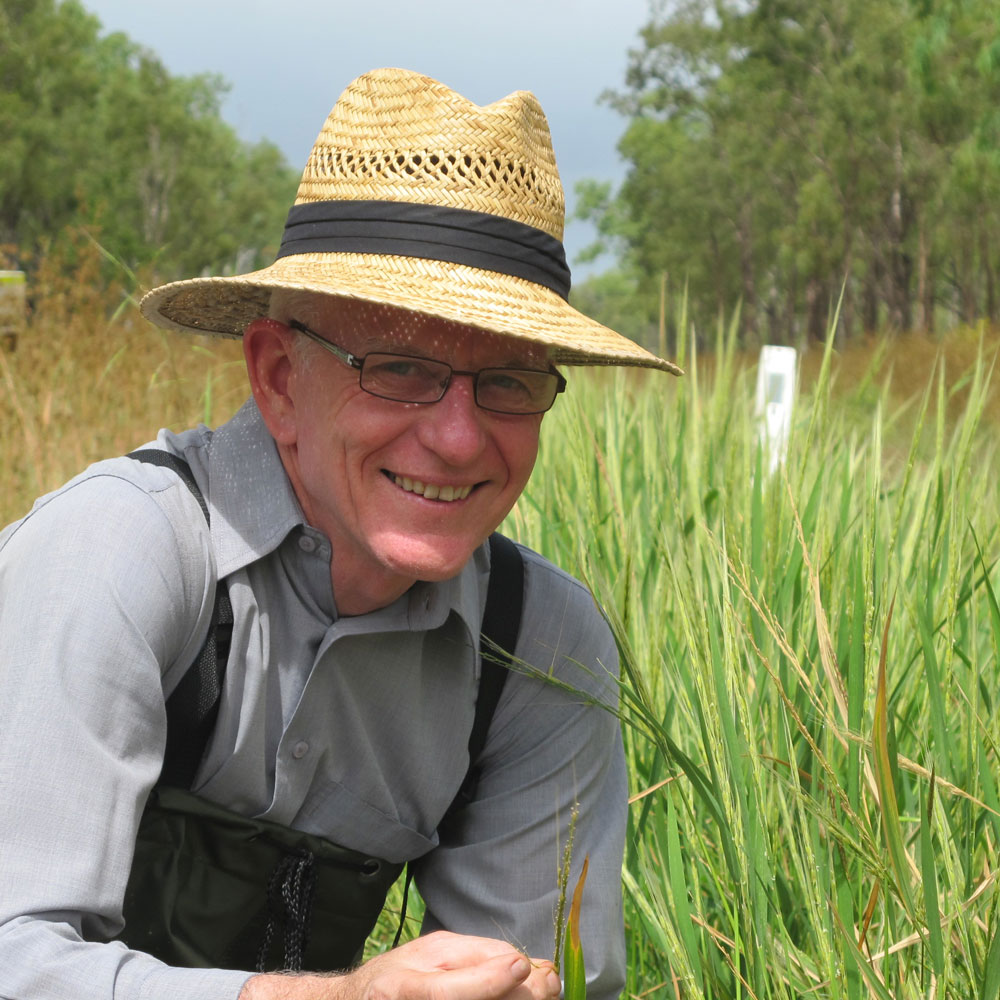Preserving dwindling supplies of wild rice in northern Australia is vital for global food security, according to University of Queensland researcher Professor Robert Henry.
The Professor of Innovation in Agriculture and ARC CoE for Plant Success Chief Investigator said the decline was largely due to weeds and agricultural activity but must be reversed.

“These wild rice populations represent the primary gene pool of rice, one of the world’s most important food crops,” Professor Henry said.
“As human activities spread into more remote areas, we are seeing the spread of weeds which are competing with rice and reducing the populations.”
Rice is an annual crop and the staple food of more than half of the world’s population.
Professor Henry said it was vital to conserve wild populations as a genetic resource for rice into the future.
“We have formed an international network of wild rice researchers and are trying to analyse the global situation country by country to create an assessment of the current conservation status of wild rice globally,” he said.
“From that we hope we can develop plans to act to conserve rice genetic resources more widely.
“One great example of a place that is helping us with conservation of wild rice is the Forever Wild Reserves in the Mareeba area in Far North Queensland."
The Tropical wetlands Shared Earth Reserve covers 5,000 acres near the Hann Tableland National Park.
“This organisation is holding these lands – including the wetlands - to conserve them long term, providing a wild habitat for rice and many other species,” Professor Henry said.
“This type of conservation activity is really making a big contribution to the future of food security that derives from rice.”
Other conservation measures he thinks would assist are considering fencing waterways to reduce access points for stock and adding wild rice samples to seedbanks to preserve the species long term.
“Wild rice in Australia’s north has a wealth of genetic diversity which can be bred into commercial strains,” Professor Henry said.
“I’ve been studying the rice in northern Australia for more than 20 years and over that time we have learned a great deal about the populations and their importance.
“But we have also seen the decline, so conserving it in situ is the best option.”
Professor Henry is conducting his work through the ARC Centre of Excellence for Plant Success in Nature and Agriculture.
Images and video are available via Dropbox.
Media: Professor Robert Henry, robert.henry@uq.edu.au, +61 7 3446 2445; QAAFI Media, Natalie MacGregor, n.macgregor@uq.edu.au, +61 409 135 651.
The Queensland Alliance for Agriculture and Food Innovation is a research institute at The University of Queensland supported by the Queensland Government via the Queensland Department of Agriculture and Fisheries.



